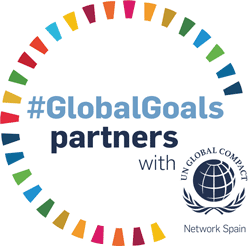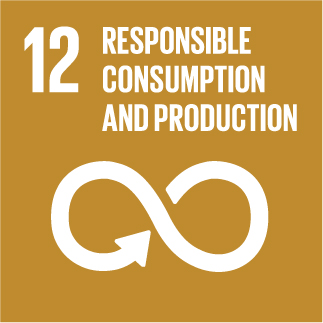Integrated manufacturing of REciclable multi-material COmposites for the TRANSport sector
Global Polyoxymethylene Market to Reach $3.3 Billion by 2022 - Increasing Demand from Transport Industry and Fuel Efficient & Light Vehicles to Drive Growth - Research and Markets
The global polyoxymethylene (POM) market is expected to grow with CAGR 4.12% during period 2016-2022. The market is estimated to reach $3.3billion by 2022.
The research report is segmented in terms of POM applications. The application segment is further sub segmented as consumer goods, electrical & electronics, industrial, transportation, and other applications. Transportation was the leading application segment for POM with market share of in 34% 2015. Rising automobile industry growing, increasing demand from transport industry, and fuel efficient & light vehicles are the factors driving transport segment in POM market for the forecasted period.
Asia Pacific is the fastest growing transport segment of POM market for the forecasted period. Countries like India and China are driving the POM transport market in Asia Pacific. Increasing sales and positive economy outlook are the factors driving POM transport market in the region for the forecasted period. India is leading the transport segment with 9% increase YoY sales of new vehicles forecasted in 2016. Other countries like Indonesia, Vietnam, Australia and Japan are set to drive the market demand in the region for the forecasted period.
In 2015, US recorded sales of over 17.4million vehicles increase from 5.5% from 2014. European automobile industry is set decline in sales by 1.8% in 2016, due to political uncertainty. However new registration of cars increased by 9.5% YoY in 2015.
Companies Mentioned
- Asahi Kasei Chemicals Corporation
- Basf
- Buhler
- Celanese Corporation
- Daicel Corporation
- E. I. Dupont De Numours & Company
- Formosa Plastics Corporation
- Kolon Plastics Inc.,
- Korea Engineering Plastics (Kep)
- Lg Chem Ltd.,
- Mitsubishi Engineering Plastics Corporation
- Polyplastics Company Ltd.,
- Sabic Innovative Plastics Usa Llc
- Yunnan Yuntianhua Co Ltd.,
- a Schulman
Key Topics Covered:
1. Introduction
2. Market Overview
3. Market Determinants
4. Market Segmentation
5. Competitive Landscape
6. Global Polyoxymethylene Market By Region (Revenue Analysis) 2014-2022 ($ Million)
7. Company Profiles
For more information about this report visit http://www.researchandmarkets.com/research/kzzwqj/global


This project has received funding from the European Union's Horizon 2020 research and innovation programme under grant agreement Nº 768737


